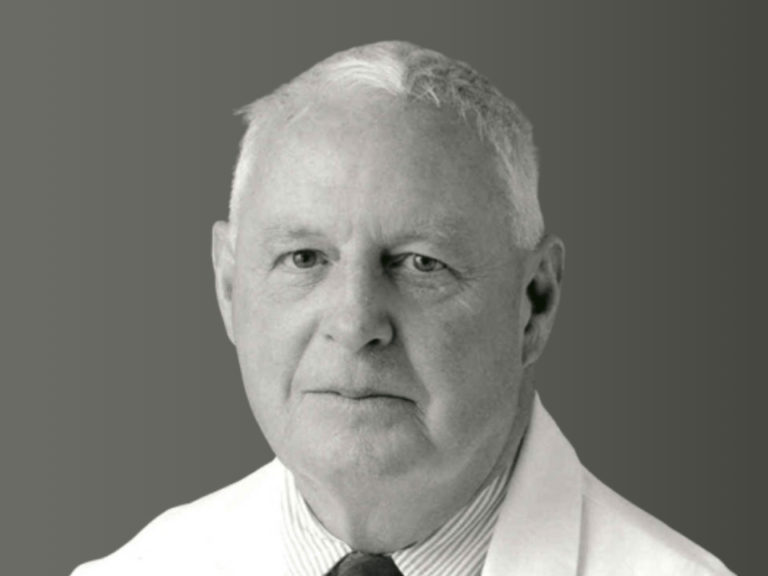G. David Roodman, an Indiana University Melvin and Bren Simon Comprehensive Cancer Center researcher, received a five-year, $1.6 million grant from the National Cancer Institute to study ways to build bone and decrease tumor growth in multiple myeloma bone disease.


G. David Roodman, distinguished professor at IU School of Medicine, is leading the research to investigate a molecule developed with collaborators at the University of Pittsburgh that could repair bone, decrease tumors and improve outcomes for multiple myeloma patients on specific targeted therapies.
Previously, Roodman and colleagues had shown the importance of the marrow microenvironment on the growth of the tumor cells in the bone destructive process. They, with collaborators at the University of Pittsburgh, developed a small molecule called XRK3F2 to target that bone disease. Animal models and preclinical tissue models have shown that the molecule could have an important role also in stopping drug resistance in myeloma cells.
“This grant allows us to look at using a small molecule to show how we can overcome resistance to some of the most potent drugs that are in use for myeloma,” Roodman said in a statement. “Many patients develop drug resistance over time, and it becomes very difficult to treat them.”
Among newer treatments developed for multiple myeloma are proteasome inhibitors, including the drugs Bortezomib and Carfilzomib. In models developed by Roodman’s research team, the XRK3F2 molecule enhanced the effects of these drugs in preclinical models of multiple myeloma.
The molecule also caused new bone formation in animal models, which could lead to treatments for healing bone lesions. There are no safe therapies to build bone mass that are approved for multiple myeloma bone disease.
Roodman and his team will further explore the XRK3F2 molecule to understand the mechanism responsible for its effects on multiple myeloma cells and its potential for new therapies for the disease.











